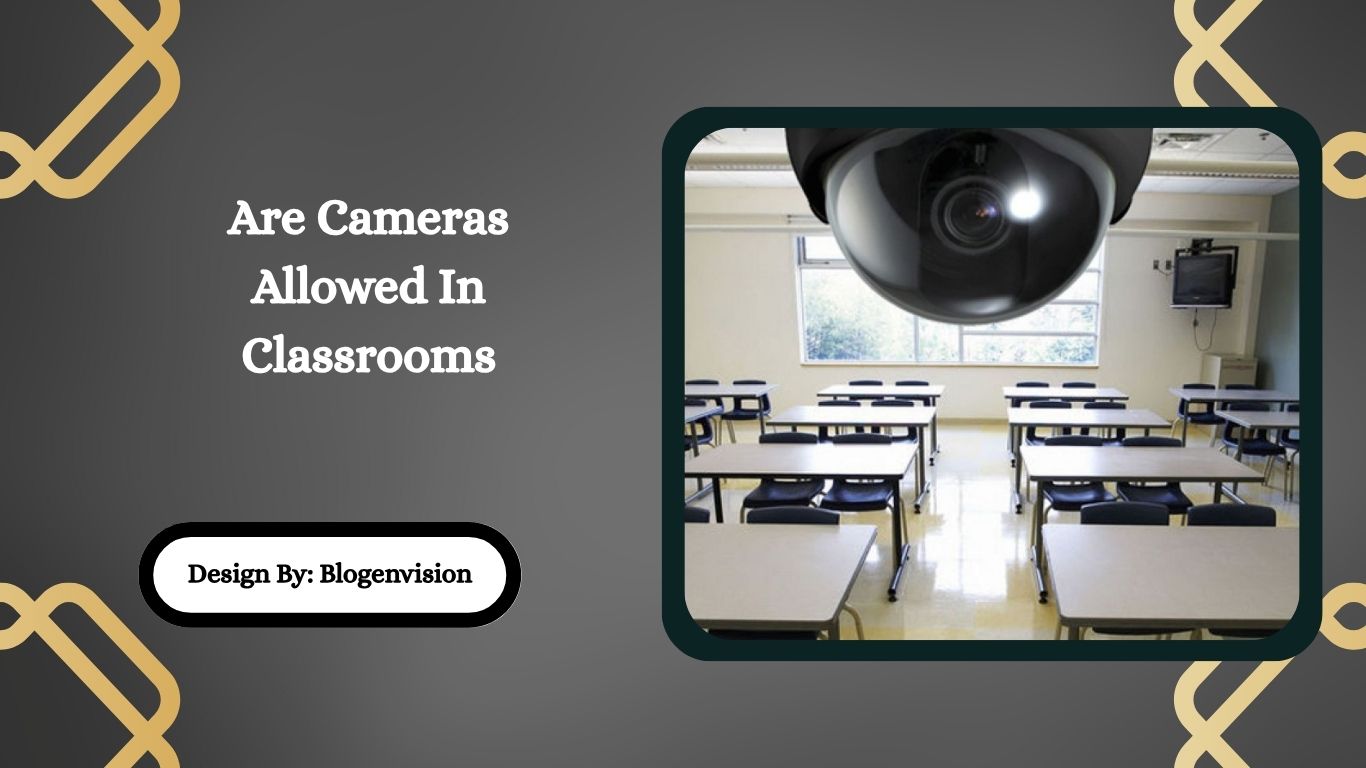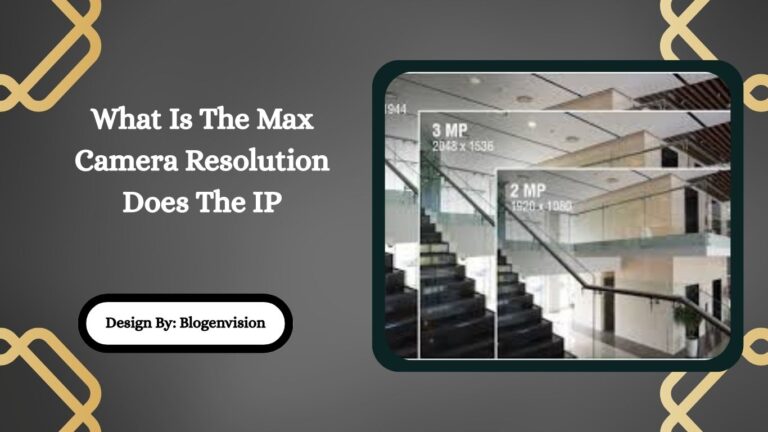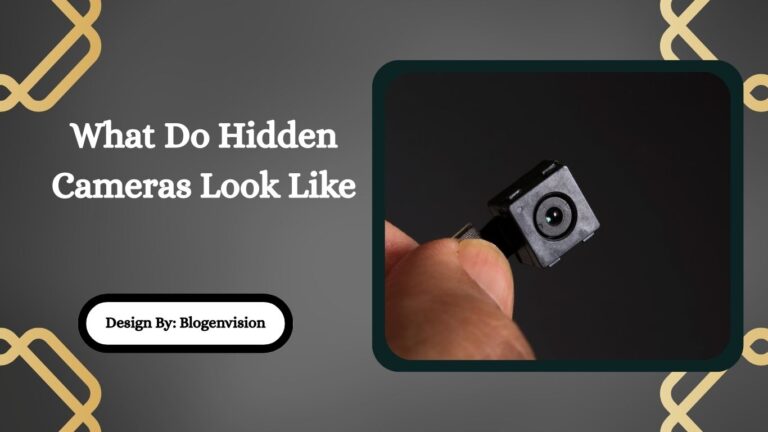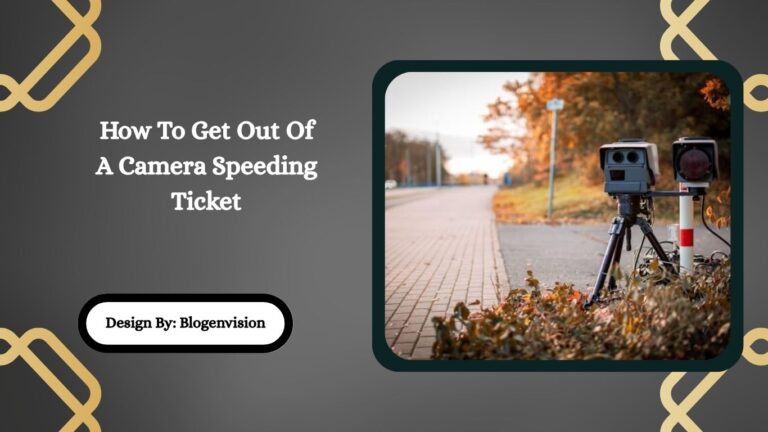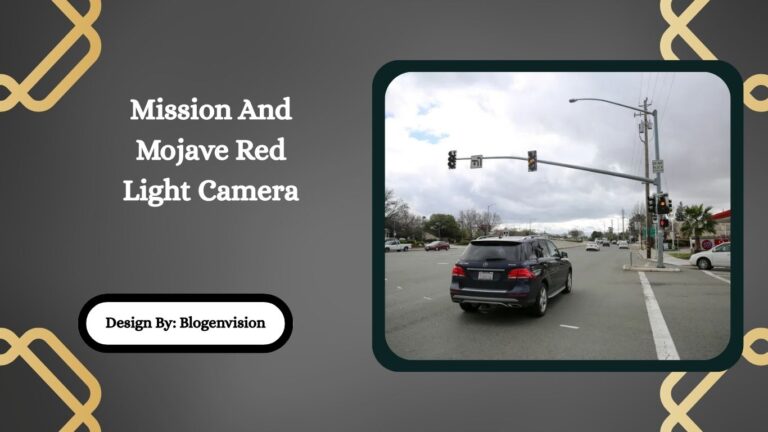Are Cameras Allowed In Classrooms – Detailed Guide!
Cameras are allowed in classrooms under strict legal and ethical guidelines. Schools must balance safety and monitoring needs with student privacy, requiring consent, clear policies, and compliance with video surveillance laws.
As schools adopt more advanced educational technology, one topic stirs ongoing debate—are cameras allowed in classrooms? While some view classroom surveillance as a useful tool for improving school safety and classroom management, others raise serious concerns about student privacy, student rights, and the long-term impact on the educational environment.
This article explores the legality, purpose, advantages, and risks of using recording devices in classrooms, while also examining important considerations like privacy policies, parental consent, and data protection.
The Rise of Cameras in Education
The use of video monitoring in schools has increased significantly over the past decade. Initially, cameras were installed in hallways, entrances, and school buses to prevent bullying, vandalism, and unauthorized access. Today, some schools have expanded this technology into the classroom.
The reasons for this expansion include:
- Enhancing school security
- Monitoring classroom behavior
- Ensuring teacher accountability
- Documenting incidents for investigation
- Supporting virtual or hybrid learning models
As more schools adopt technology in schools to improve education and safety, the presence of cameras has become more common—but not without controversy.
Are Cameras Legally Allowed in Classrooms?

Whether or not cameras are allowed in classrooms depends on local, state, and national video surveillance laws. Generally, cameras can be used in schools, but the placement and usage are subject to strict regulations to protect student rights.
In the United States:
- Cameras are typically allowed in public spaces like hallways, entrances, and cafeterias.
- Classroom cameras are allowed in some states, but usually with clear notice and restrictions.
- Audio recording is often subject to stricter laws and may require consent from both parties.
- Recording devices in private areas such as bathrooms or locker rooms are strictly prohibited.
Schools that install cameras in classrooms usually must inform parents and teachers and may need to obtain parental consent. Failing to follow these guidelines can result in legal consequences and violate students’ privacy rights.
Pros of Classroom Cameras
1. Improved School Safety
One of the main reasons schools install cameras is to enhance school safety. Cameras can deter violence, monitor threats, and help identify intruders. In emergencies, they provide crucial footage to law enforcement.
2. Better Classroom Management
Classroom management is a key factor in academic success. Cameras can help teachers and administrators identify behavior problems early, track disruptive patterns, and create strategies for improvement.
3. Teacher Supervision and Training
Administrators may use teacher supervision footage to evaluate teaching methods and provide feedback. It can also support professional development by allowing educators to review and reflect on their own performance.
4. Transparency and Accountability
Cameras promote transparency in how classrooms are run. In case of disputes between students, teachers, or parents, recorded footage can clarify misunderstandings and prevent false accusations.
5. Support for Distance Learning
With the rise of online learning, cameras help create a seamless educational environment by recording lessons for absent students or remote learners.
Cons of Classroom Surveillance
1. Student Privacy Concerns
Student privacy is the most significant issue. Constant surveillance can make students feel uncomfortable or stressed, especially if they feel like they’re being watched every moment of the school day.
2. Erosion of Trust
When students and teachers know they are being monitored, it may lead to reduced openness and spontaneity in the classroom. This can damage relationships and hinder creativity and participation.
3. Risk of Data Breaches
Footage stored on school servers must be protected through strong data protection policies. A security breach could expose sensitive information and result in legal action.
4. Cost and Maintenance
Installing and maintaining a camera system, including storing and managing video files, can be expensive. Schools must weigh this cost against other critical needs like textbooks, staff, or enrichment programs.
5. Ethical and Legal Risks
Improper use of surveillance systems may violate privacy policies, school regulations, or even state and federal laws. Schools must ensure they are compliant at all times.
What Do Privacy Laws Say?

Most video surveillance laws emphasize three key points:
- Notification: Students, parents, and staff should be informed in writing that cameras are present and recording.
- Limited Use: Cameras should only be used in public or semi-public spaces and for legitimate educational or safety purposes.
- Consent: Especially when audio is recorded or when dealing with minors, parental consent is often legally required.
Some states even require schools to have clear classroom policies outlining the purpose, access rights, and data retention periods for surveillance recordings.
Parental Consent and School Responsibility
Before cameras are installed in classrooms, many school districts request parental consent. Consent forms typically describe:
- Where cameras will be placed
- What they will record (video only or video and audio)
- Who can view the footage
- How long data will be stored
Transparent privacy policies and open communication with parents are crucial to avoid conflict and maintain trust.
Balancing Safety and Privacy
The key challenge is finding a balance between creating a secure, accountable educational environment and respecting the student rights and privacy concerns of those involved. Cameras should never replace human judgment or the personal connection between teacher and student.
Schools that choose to install cameras must also invest in:
- Staff training on ethical use
- Secure storage and limited access
- Frequent audits to ensure compliance
- Regular review of school regulations and technology policies
FAQs:
1. Can schools install cameras in classrooms without informing parents?
No, most schools are required to inform parents and often obtain written parental consent before installing cameras in classrooms. Transparency and privacy policies are essential to comply with legal and ethical standards.
2. Are classroom cameras allowed to record audio as well?
Recording audio in classrooms is often more restricted than video. In many states, two-party consent laws apply, meaning schools must get consent from both students and teachers to record conversations.
3. Do classroom surveillance systems affect student learning?
Yes, constant surveillance may create anxiety, reduce student participation, and negatively impact the classroom atmosphere. Students may feel uncomfortable or behave unnaturally if they know they are always being watched.
4. What should be included in a school’s privacy policy for classroom cameras?
A privacy policy should cover camera locations, data storage duration, access permissions, purpose of recording, and parental consent requirements. It ensures transparency and builds trust among students, parents, and staff.
5. How long can schools keep classroom surveillance footage?
Retention periods vary by school policy and law, but footage is usually kept for a few weeks to several months. Longer retention requires stronger data protection measures to safeguard privacy and prevent misuse.
Conclusion:
Cameras in classrooms can support school safety and improve classroom management when used ethically and legally. However, their use must be carefully managed to respect student privacy, protect data, and ensure informed consent from parents. Schools should have transparent privacy policies, adhere to surveillance laws, and limit monitoring to educational purposes. Striking the right balance between security and personal rights is essential to maintain a healthy, trusting, and productive educational environment where both students and teachers feel respected and protected.

